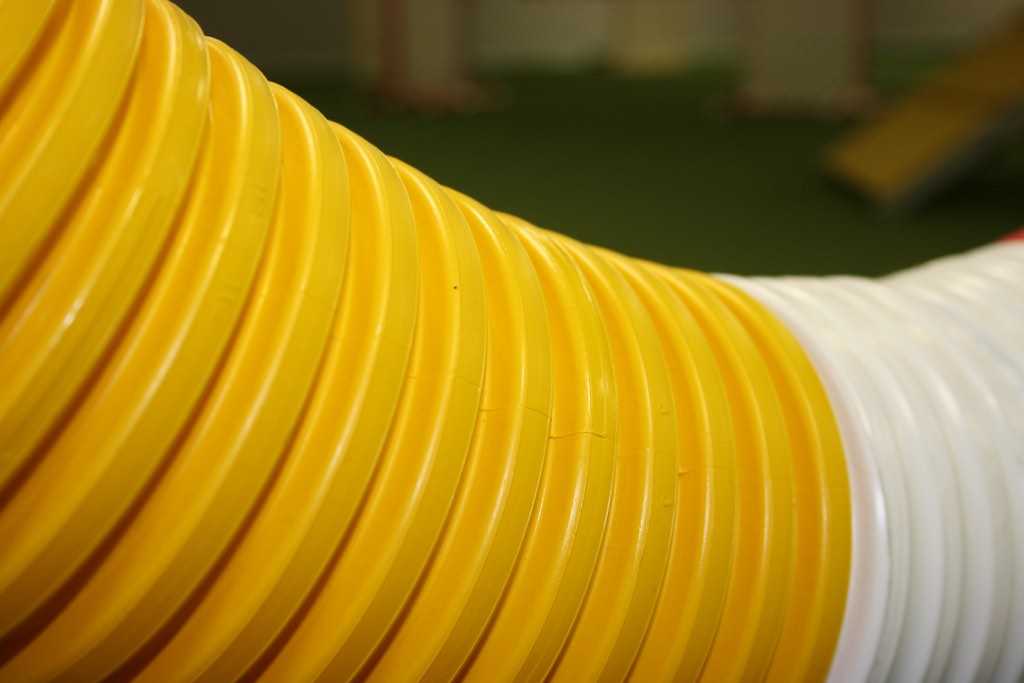Handling Confusion
08 Jun 2007
The other day I was reminded of some tips I’ve learned for dealing with those times when we forget where we are going on course or it is our handling that is keeping our dog from being successful on part of a sequence. I’m pretty sure I have Dana Pike to thank for most of these ideas.
You can’t usually apply these ideas at a trial - but you can in a class setting and they can help your make the most out of solving the handling “puzzle”.
If you send your dog off course do so with conviction. Your dog didn’t know it took the wrong obstacle(s): it was your handling that was at fault. You want your dog to be confident in your leadership (however flawed) when you are running on course.
Don’t scold your dog for your mistake(s). A corollary would be: be damn sure your dog made the mistake before you blame the dog. The old saw in agility is 99% of the time problems are handler induced.
Try to keep your negative actions (verbal and physical) under control after errors or frustrations. Some dogs are very sensitive to our negative actions and become more tentative/slower after our mistakes. I’ve seen sensitive dogs almost stop working when their handler only sighed after an off course or dropped bar.
If you loose track of where to go next ask your dog to perform some task it knows well and doesn’t dislike (i.e. sit or down or stay) until your get situated and mentally back in sequence. Then release your dog and continue.
It is normally best to back up an obstacle or two if you have to restart mid course. You want to end up at the point where you got stuck at the same speed and location relative to your dog as if you hadn’t made a mistake.
Not all dogs take well to being “drilled” multiple times over a section of the course. Some dogs “give up” and others think they did something wrong; you might see your dog changing its behavior when that isn’t what you wanted. So watch your dog carefully.
Sometimes either your execution is flawed or your plan is wrong and you need to actually work out your new plan mid course. Like above, it is best to sit or down your dog and work through the handling
without your dog until you get it right. There is no reason to repeat a sequence several times with your dog while you figure out your handling. You don't want your dog thinking they are doing something wrong that is causing you to repeat the sequence over and over.
There is another common agility saying “train like you compete and compete like your train” with which I would often agree. However, agility class is also a time to stretch your boundaries by trying new approaches and taking the time to fix or refine your handling. I hope you find these tips helpful if you find yourself lost or unhappy with your execution on a practice course.
If you enjoyed this article won't you please:  Thanks!
Thanks!
Related Tags
Related Articles:
- My Agility Handling and Training Philosophy
- Handling the 2021 AKC NAC Finals Closing Sequence
- Small Space Masters Handling Seminar Sequences
- Backyard Handling Mastery: 2 Jumps + Tunnel = 24 Challenges
- Moving Towards Mastery: 14 Layouts to Challenge Your Handling
- NDAL Feb 2016 Course With Handling Analysis
